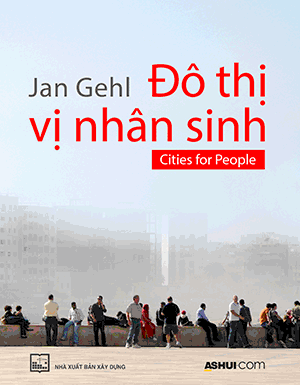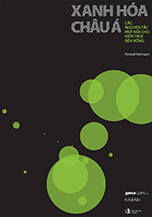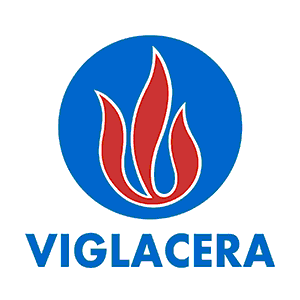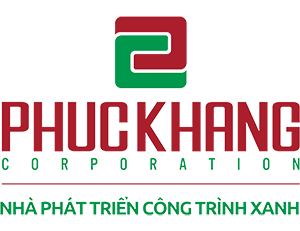Rumors of impending infrastructure development projects have sent real estate prices soaring in some suburban districts of Hanoi like Me Linh, Dong Anh and Soc Son.
In Me Linh District, residential land is selling at prices of between VND20-40 million (US$950-1,900) per square meter, nearly double that of last year, while agricultural land, which is not allowed to be traded, is priced at some VND13-15 million per square meter in tacit deals.
In Vietnam, only residential land can be traded legally.
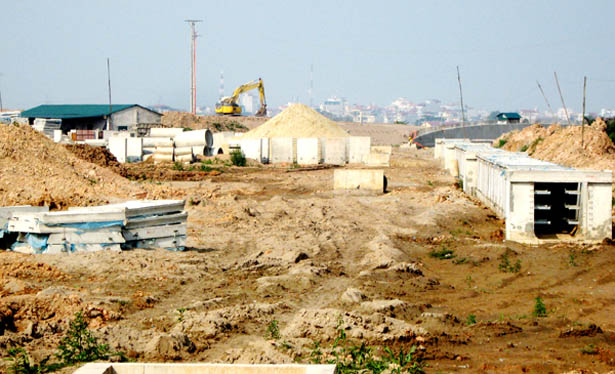
(photo: dddn.com.vn)
“Most buyers come from (inner) Hanoi. Procedures are very simple, so you can resell (land-use right) very easily,” said Nguyen Van Tien, a broker in the district. “You could make a profit on whatever land you buy, residential or agricultural, as land prices have never come down.”
Meanwhile, a rumor that dozens of hospitals, universities and research institutes will be moved to Soc Son District has pushed land prices up since early this year. Land prices in many areas in the district have doubled compared to late last year.
In Dong Anh District, construction of the Nhat Tan Bridge, which will make transportation in the area more convenient, has seen land prices go up by 20-30 percent since early this year.
Former deputy minister of Natural Resources and Environment Dang Hung Vo said given the sky-high prices in Hanoi’s central areas, investors and people with real demand and limited financial capacity have rushed to buy land in suburban districts where prices are still lower, and the potential for making profit in land trading is higher.
He said some people believed the rumors about infrastructure construction in the area, and rushed to purchase land there. Prices were now much higher than their real value, he said.
Nguyen Duc Phuong, head of the office for land and house registration in Me Linh, attributed the higher demand for land in the district to its strong urbanization over the past few years.
Meanwhile, the number of local residents’ looking to sell land and make money is also very high, he said. “This used to be a rural area, and residential land area of each family is very large. Thus, when there are people looking to buy land, they sell to the buyers.”
Ngo Dai Ngoc, vice chairman of the People’s Committee of Soc Son District, admitted that the land fever had spread everywhere in the district. “Investors are seeking to buy not only residential land, but also forest land. However most transactions are tacit deals, and their risks are very large.”
Many buyers do not know well the plan for infrastructure development in the locality, he said. “In fact, an overall plan (on infrastructure development) in Soc Son has not yet been approved. Buyers are mostly speculators, so when property prices go down, they will find it hard to sell land.”
Vo said the current scenario was similar to that of 2010, and that there will be transient land fever in some areas. Since the fever is not based on supply-demand factors but on rumors, investors should be cautious, he said.
Nguyen Manh Ha, head of the Housing and Real Estate Management Department under the Ministry of Construction, said the government plans to take measures to help the real estate market develop soundly, contributing to economic development and minimizing the effects of the bubble.
Reported by Bao Van
- East offers profits for southern hub investors
- Southern hub property cycle near bottom
- Property: Now’s the time to buy
- PPP projects slow to gain sufficient traction
- WB helps Nha Trang improve environment
- Sale of apartments soars by 70 per cent
- KF highlights high transaction value for The Dune residences
- Growing Hanoi trend towards property leasing
- Ninh Thuan Province grants licenses for new projects
- ADB’s $540 million loan for Vietnam’s urban mass rapid transit line








